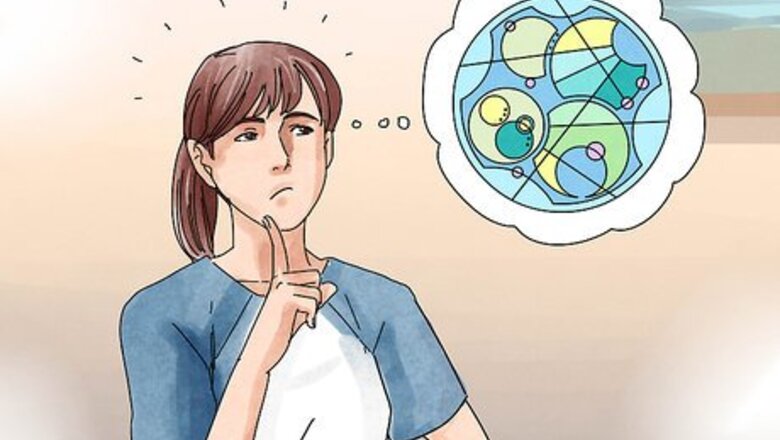
views
X
Research source
Learning the Structure of the Alphabet

Understand the basic set-up. Instead of being character/letter based like English, circular Gallifreyan is based, as the name implies, on circles. The symbols that make up letters are collected into words by larger word-circles. Many word-circles are collected together in even larger sentence-circles. The Gallifreyan alphabet was created by a fan of Dr. Who named Loren Sherman. They created this way of writing so they could transform English words to mimic the artistic representations of the Doctor’s native language, Gallifreyan. It is not used by the show and is not a real language.
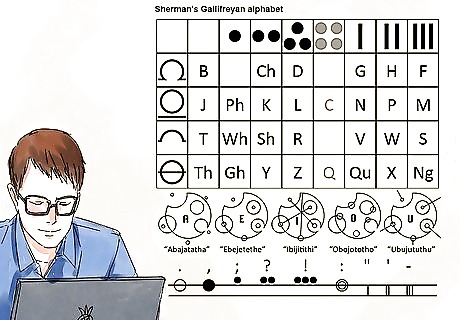
Look for an alphabet chart online. There are many online resources that you can print out so you have your own Gallifreyan writing references. You might also find the official Sherman site for circular Gallifreyan useful, as there are Gallifreyan guides for writing words, math, and music. These resources can be found at Sherman’s Planet. The general guide to writing Gallifreyan has three different charts and a brief explanation of numbers. One chart displays consonants, one vowels, and the third punctuation marks. If a printer is unavailable and you cannot print these resources, you might keep them open in a tab on your computer or open them in the browser on your phone. This way, you’ll be able to compare your practice words to the Gallifreyan symbol references.

Understand the four consonant-symbols and five diacritic marks. A diacritic is a mark used to add meaning, stress, or emphasis to a letter. In Circular Gallifreyan, there are four basic symbols used to represent consonants. These symbols can be written alone, or you can add one diacritic mark or another to modify the base meaning of the symbol and change it into another consonant. With the four consonant-symbols and five diacritics, there are a total of 24 consonants in Gallifreyan, which is slightly larger than English’s 21 consonant alphabet. The reason Gallifreyan has more consonant-symbols is because Gallifreyan use a graphed alphabet instead of one based on characters/letters. Because of this, Gallifreyan has special symbols for the letter combinations: TH, SH, CH, NG, and QU. Circular Gallifreyan does not make use of the letter C. If you are trying to write an English word with the letter C, use the consonant the C most sounds like. For example, in the word ‘cake’ in Circular Gallifreyan would be spelled ‘kake.’ The word ‘office’ would be spelled ‘offise.’ The four base consonant-symbols, without any diacritic marks, represent B, J, T, and TH. By adding the appropriate Gallifreyan diacritic mark, for example a pair of dots, you will transform these four base consonant-symbols into every other consonant.
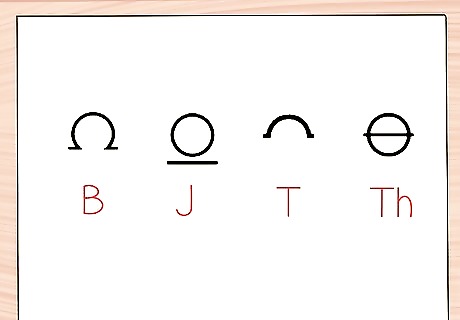
Memorize the four consonant-symbols. It will take some time before you have memorized the shape of and become comfortable with drawing the consonant-symbols. You should take some time practicing drawing each consonant-symbol and so that you’re comfortable using them when it’s time to write your first practice word. To improve memorization, you may want to try to draw the consonant reference chart from memory. The consonant B is shaped like a full circle with a small gap at the bottom. By adding a diacritic mark to the B-symbol, you can change it into the letters CH, D, F, G, and H. The consonant J is shaped like a full circle placed on the inside of larger sentence circles. By adding a diacritic mark to the J-symbol, you can change it into the letters K, L, M, N, and P. The consonant T is shaped like an open horseshoe oriented with its open side facing the perimeter of its word-circle. By adding a diacritic mark to the T-symbol, you can change it into the letters SH, R, S, V, and W. The consonant TH is shaped like a full circle with a horizontal line through the middle. By adding a diacritic mark to the TH-symbol, you can change it into the letters Y, Z, NG, QU, and X.

Memorize the five diacritic marks. Each base consonant-symbol can be modified by a diacritic mark to transform it into different letters. Each consonant- symbol may only ever have one diacritic mark modifying it. A short description of the five diacritics and the letters they create follows: The first diacritic is represented by two dots. These can be applied to the base consonant-symbols to make the consonants CH, K, SH, and Y. The second diacritic is represented by three dots. These can be applied to the base consonant-symbols to make the consonants D, L, R, and Z. The third diacritic is represented by three vertical lines. These can be applied to the base consonant-symbols to make the consonants F, M, S, and NG. The fourth diacritic is a single vertical line. This can be applied to the base consonant-symbols to make the consonants G, N, V, and QU. The fifth and last diacritic is represented by two vertical lines. These can be applied to the base consonant-symbols to make the consonants H, P, W, and X.
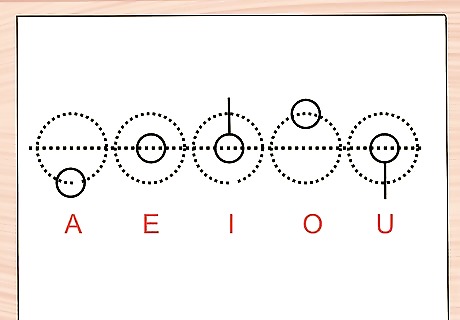
Familiarize yourself with Gallifreyan vowels. Gallifreyan uses the same vowels as the English alphabet: A, E, I, O, and U. These vowels are depicted as small circles that either float freely, sit within, or sit on the perimeter of a consonant-symbol. The vowel A is a small circle that should be placed below, but not touching, the perimeter of the symbol it modifies. The vowel E is a small circle that should be placed in the center of the symbol it is modifying. The vowel I is a small circle that should be placed so that it is in the center of the symbol it modifies. However, the letter I will also need a line coming off some point of its perimeter pointing inward at the center of its word-circle. The vowel O is a small circle that should be placed on the topmost part of the perimeter of the symbol it modifies. The vowel U is a small circle that should be placed at the center of the symbol it is modifying. It should also have a line coming off some point on its perimeter extending outward, away from the middle of its word-circle.
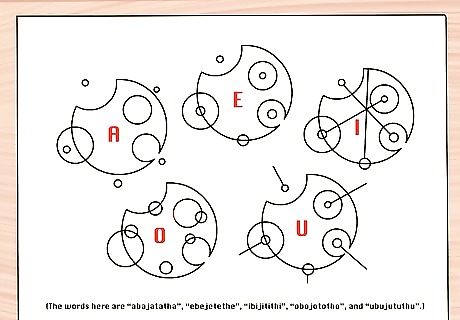
Attach vowels to consonants as you like. Vowels in Gallifreyan can be represented as either a freestanding circles or they can be attached to preceding consonants. Just like many people have different kinds of handwriting, there are many different ways you can create intricate patterns with Gallifreyan writing that’s unique to you. By connecting vowels to preceding consonants, you gain the benefit of more consistency with your Gallifreyan symbols, which will likely make your writing easier to read. Freestanding vowels may be more confusing to read at first, but can allow for more intricate patterns. Generally, freestanding vowels only occur when a word begins with a vowel. In this case you will orient your vowel with regard to the perimeter of the larger circle that contains all the letters together into one word. The letter A will float just outside the word-circle; E, I, and U will rest on the perimeter of the word-circle; O will float just inside the word-circle. Shorter words will have less vowels. You may be able to make these look more aesthetically pleasing by keeping the vowels freestanding. Freestanding vowels can also make some words easier to read.
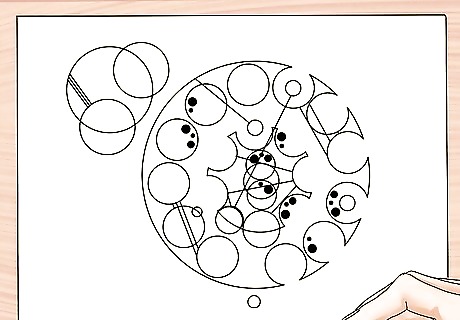
Follow a circular pattern when writing. Each word should begin with a circle that is about the same size around as a normal cup. Once you improve your Gallifreyan, you can adjust the size of these word-circles, but for now, a cup sized circle will give you room to make mistakes. This circle will contain all of the letter-symbols that form your word. Your first letter-symbol will occupy the very bottom of the circle. The following letter-symbols should be written around the circle counterclockwise until the word is complete. Complicated words might require larger word-circles. Try to arrange your letter-symbols to be evenly spaced throughout your word-circle. This will create better balance in the overall appearance of your word-circles.
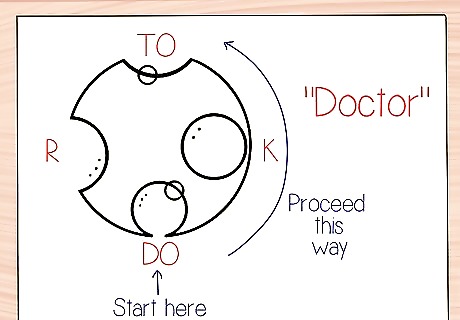
Remember the stylistic rules of reading and writing Gallifreyan. You should write out words with the same spelling you would normally use in English, except for a few consonant pairs where one Gallifreyan symbol will represent two letters. Other irregularities you’ll need to keep in mind include: A reading order that starts at the bottom and moves counterclockwise. So, in the example of a sentence-circle, your first word will be at the bottom of the sentence-circle, and the next word-circle will be counterclockwise, and so on. In a word-circle containing letter-symbols, the first letter will be the bottom-most symbol, and the next letter will be counterclockwise, and so on. Interlocking letters and words together. By interlocking letters and words together you’ll make your Gallifreyan writing look most authentic. In particular, the symbols used for the consonants R, S, SH, T, V, and W can be extended throughout word-circles and sentence-circles to connect letters of the same word or words of the same sentence. The use of double circles for doubled letters. You can use double circles to indicate double consonants or vowels. For example, the word bookcase would use a doubled circle for the O. You may want to keep your double circles separate for shorter words though, like bee, took, and foot. Writing out both doubled consonants in shorter words will give them a more intricate appearance.
Writing Sentences and Paragraphs
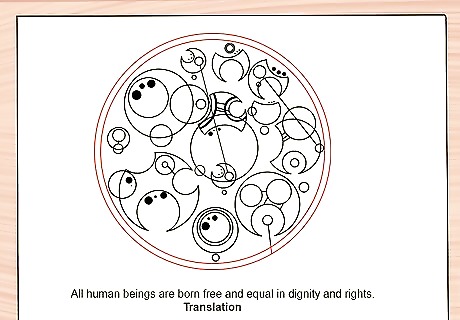
Indicate sentences with large, doubled circles. Sentences behave similarly to words in Gallifreyan. Just as letter-symbols are gathered into medium-sized word-circles, words are gathered together in large, doubled sentence-circles. In every sentence-circle, the bottom word-circle will represent the first word in the sentence. Moving counterclockwise, the next word-circle indicates the next word, and so on. Two circles will make up the perimeter of your sentence-circle. These two circles should be drawn differently. The outer circle should be mostly smooth arcs with maybe one or two inward curving sides. The inner circle should have random inward divots to give your Gallifreyan a more intricate appearance. The inner and outer parts of the sentence-circles are used for the purpose of conveying punctuation and connection. The inner circle is where you’ll add your punctuation marks to a sentence. The outer circle, though mostly circular, should follow the divots created by the inner circle in some places. This will create one or more inward curves in which you can nest other connected sentence-circles. Circular Gallifreyan makes use of standard English punctuation. For example, the periods you put on the divotted, inner sentence-circle will always occur after the last word-circle. Punctuation should always immediately precede or follow word-circles.
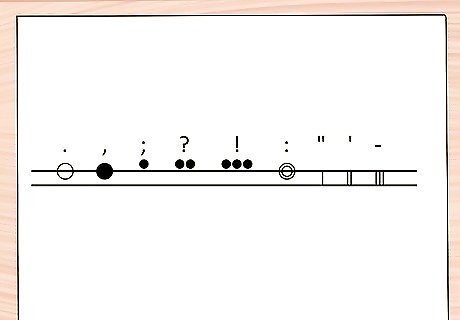
Use a punctuation chart. To write Gallifreyan effortlessly, you’ll have to spend some time memorizing the symbols it uses. Until then, you may want to print up a punctuation chart or copy one freehand onto a blank sheet of paper. There many resources online, and downloaded versions are available at Sherman’s Planet. Create a period by drawing an open circle on the inner ring of your sentence-circle. Create a question by drawing two closed floating close to, but not touching, the inside of the inner ring of your sentence-circle. Create an exclamation mark by drawing three dots floating close to, but not touching, the inside of the inner ring of your sentence-circle. Create quotations by drawing a single line oriented away from the center of the sentence-circle. Create apostrophes by drawing two lines oriented away from the center of the sentence-circle. Create a hyphen by drawing three lines oriented away from the center of the sentence-circle. Create a comma by drawing a filled in circle or solid dot on the inner ring of your sentence-circle. Create a semicolon by drawing a single closed dot floating close to, but not touching, the inner ring of your sentence-circle. Create a colon with a double circle (a circle inside of a circle) on the inner ring of your sentence-circle.

Connect your sentence-circles like a Timelord. Timelords have a very fluid idea of time, and this concept is a central to Gallifreyan culture. In the Doctor Who universe, some events are more probable than others, but for most events, there are many possible outcomes. You can emulate this in your writing by connecting your sentences together so that each sentence has multiple branches. This will represent multiple possibilities each of your sentences. For example, you might want to explore different aspects of a central idea. To do so, you could write that idea in a sentence-circle and branch off from it to the right in different chains. These chains would represent the explored aspects of the idea.
Writing a Word in Gallifreyan
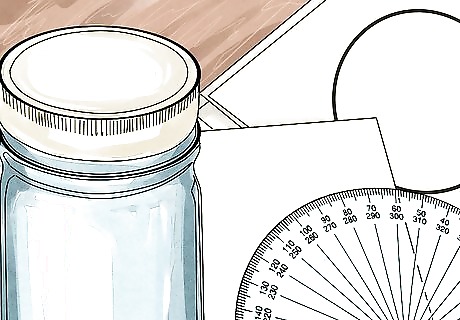
Gather some circular objects. A sturdy compass will likely be the most versatile tool you can use to draw circles of various sizes. However, you might find it more convenient to trace circular household items, like the bottom of a bottle/glass, circular lids, large coins, mason jars, etc. Your circular objects don’t have to be perfect. You might want to try your own oblong variation of Gallifreyan that uses an oval shape as the base. You could also rotate between several different circular shapes when drawing your word-circles. For example, your first word could be bordered by a circle, the second by a fat oval, and the third by a tall oval.
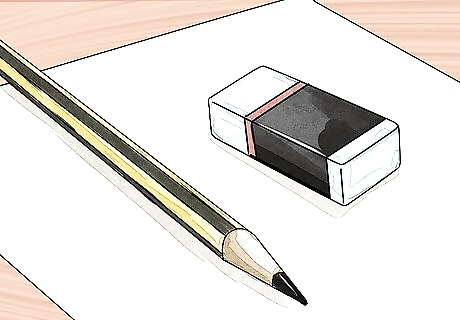
Use a sharp pencil and a quality eraser. If you’re still getting used to drawing the symbols of the Gallifreyan alphabet, you should probably write in pencil so you can erase any mistakes. Once you are finished writing your message, you can always go over your pencil in pen to give it a professional look. While writing in Gallifreyan, you may want your computer or cell phone browser open to the alphabet and punctuation pages online. You could also print out the alphabet and punctuation forms, or copy them onto a blank sheet freehand. Sherman’s Planet, being the home of circular Gallifreyan, has many resources you could use.
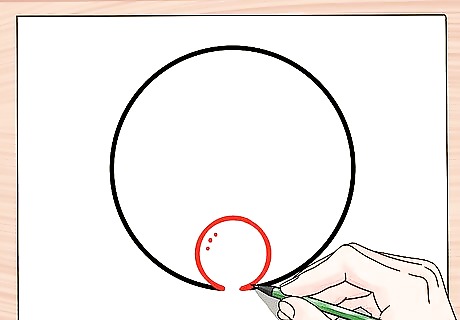
Try your hand writing “doctor” in Gallifreyan. First draw your word-circle using a compass, lid, or some other round object. All the letter-symbols for the word “doctor” will be around or in this word-circle. The first letter begins at the bottom of the circle. On your alphabet chart, the first letter, D, should look like a loop with a gap at the bottom. First draw a loop inside your word-circle at its bottom. Then you can erase a small portion at the base of the loop/word-circle to create the gap. Next you’ll need to add a diacritic mark to change the letter from B to D. D’s are represented by three dots floating inside, but not touching, your loop. On your chart, you may notice that the base symbol for the letter D looks something like a horseshoe with flat lines coming off its tips to the left and right. These flat lines should not be drawn when you write this symbol. The flat lines represent the larger word-circle inside which you’re drawing your letter.
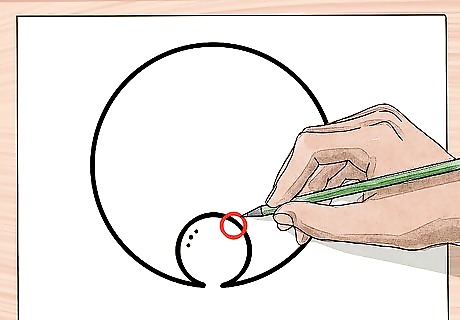
Draw an O. Moving counterclockwise within your word-circle, attach an open circle to the upper right hand portion of your loop. If you think about your loop as you would the face of a clock, you should attach your O-symbol at about two o’clock position. Remember, vowels are usually attached to preceding consonants. When thinking about the placement of a vowel, imagine the dotted grid that represents the placement of the vowel as shown in your vowel chart. Then imagine the base symbol for the consonant you will write. Overlay the vowel with the consonant so the circles match. This will show you approximately where on the consonant you should attach your vowel. Your letter-symbols should always move around your word-circle in a counterclockwise fashion. As the outside of your word-circle becomes crowded, spiral inward toward the center of your word-circle.
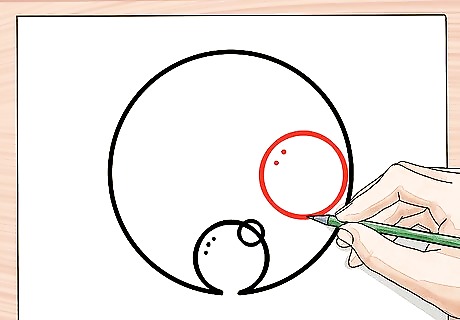
Create the letter C. Though in this case you’re going to use a K. Remember, Gallifreyan doesn’t use the letter C, so whenever you need to write an English C you should substitute a K or an S depending on the sound the C makes. Continuing to move counterclockwise along your word-circle, draw a floating circle to the right of your loop. This circle should be close to but not touching your word-circle. Then add two solid dots to the inside of your floating circle and add two filled in dots inside it. This free floating circle with two solid dots inside represents K. The dots inside your K can be arranged in any way you please. However, you might find that by orienting your diacritic marks, in this case the solid dots, in the direction of the next letter, you may have an easier time reading your Gallifreyan. At this point you should have a large circle with a small gap at the bottom. Springing up from both sides of the gap is a loop. On the upper right hand part of the loop is an open circle. Counterclockwise (to the right) to the loop is a circle with two solid dots in it. These symbols represent the letters “doc”.
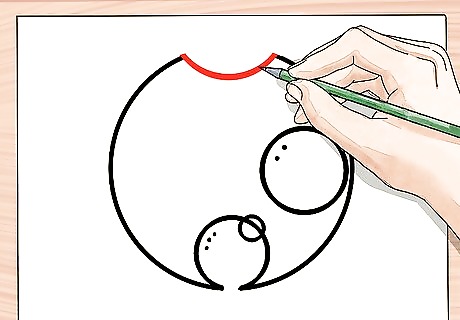
Take a bite out of your word-circle to make the letter T. Continuing to move counterclockwise, draw and inward curving semi-circle in the upper right hand portion of your word-circle. If you think of your word-circle like the face of a clock, this would be the 2 o’clock position. Then erase the outer boundary of your word-circle that runs between the ends of your semi-circle. Make sure the mouth of your T symbol is wide so that it isn’t confused for another letter. The letter B is shaped similarly except it has a narrower gap at its base.
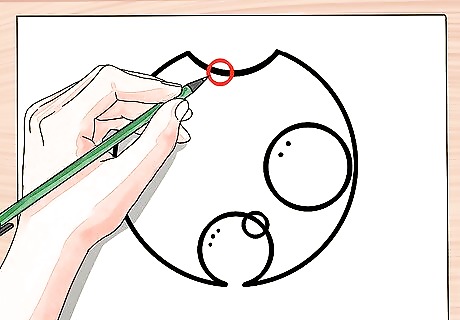
Form the letter O again. This vowel is again preceded by a consonant, so you should attach it to T-symbol. Continue with the counterclockwise reading style by placing an open circle (representing the letter O) along the upper left portion of the inward curving semi-circle (representing the letter T).
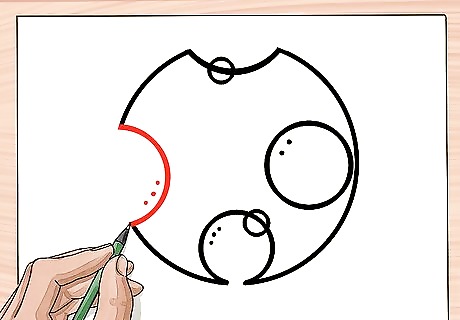
Create the last letter, R. Take a bite out of your word-circle by drawing an inward curving semi-circle in the upper left hand portion of your word-circle. Along the outside of this semi-circle, place three solid dots to make an R. This completes the word “doctor!” Be careful when drawing the letter R. It can sometimes be confused for a wide mouthed letter B.











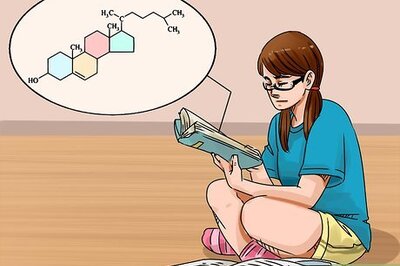
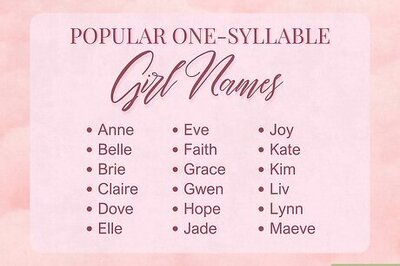




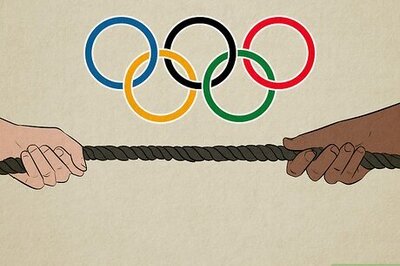
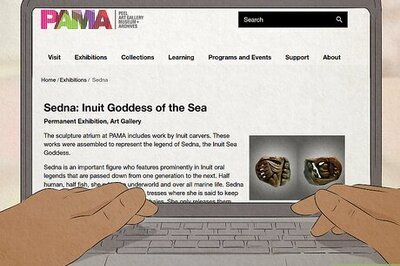

Comments
0 comment